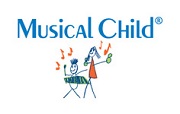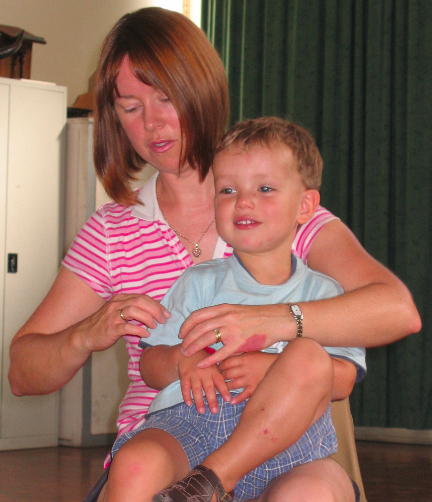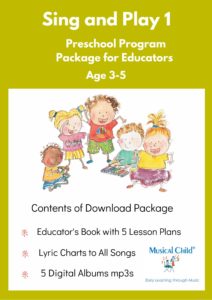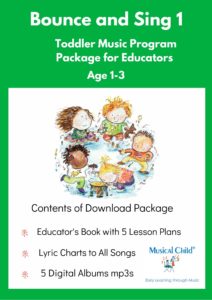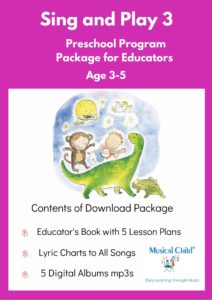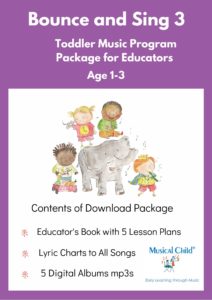Musical patterning makes brains thrive
Providing truly educational experiences in early childhood stimulates brain wiring that is just right for each individual. Each child is born with almost all the neurons her/his brain will ever have. However, brain plasticity means that many neurons aren’t yet wired together. So, the job for us as parents and educators is to provide the learning environment so those connections can occur. It is widely agreed that a variety of experiences is important for children and music-making is one of the best.
The sounds, sights, tactile and kinetic sensations associated with making music cause neurons to fire. And every time they fire, they build connections with other neurons. Because of the strong patterns in music, the neurons are wired in strong pathways.
Think of just a few of the patterns in a simple song:
- an underlying beat, often in groups of 3’s or 4’s, pulses through the whole song
- small rhythmic fragments repeat and fit together
- rhyme schemes make predicting the next lyric easy
- and repeated words give pleasure to the ear and tongue
What’s more, we can repeat the songs themselves making another layer of patterning that makes brains thrive. That’s why children say “Again, again!” They like to learn – it is actually pleasurable to have those neurons firing and laying down robust pathways. And this patterning is not only effective for learning in music. It actually helps literacy, numeracy and other kinds of learning throughout schooling.
As an example of a traditional children’s song that has strong patterns you can’t do better than the highly repetitive Old MacDonald Had a Farm. Follow the link to read a blog post on how to utilise this song with rhythm instruments. Alternatively, if you are already convinced and want to get cracking, download the Baa Moo Oink Lesson Plan . You will immediately get all the resources you’ll need for a total educational experience.
Happy teaching!
